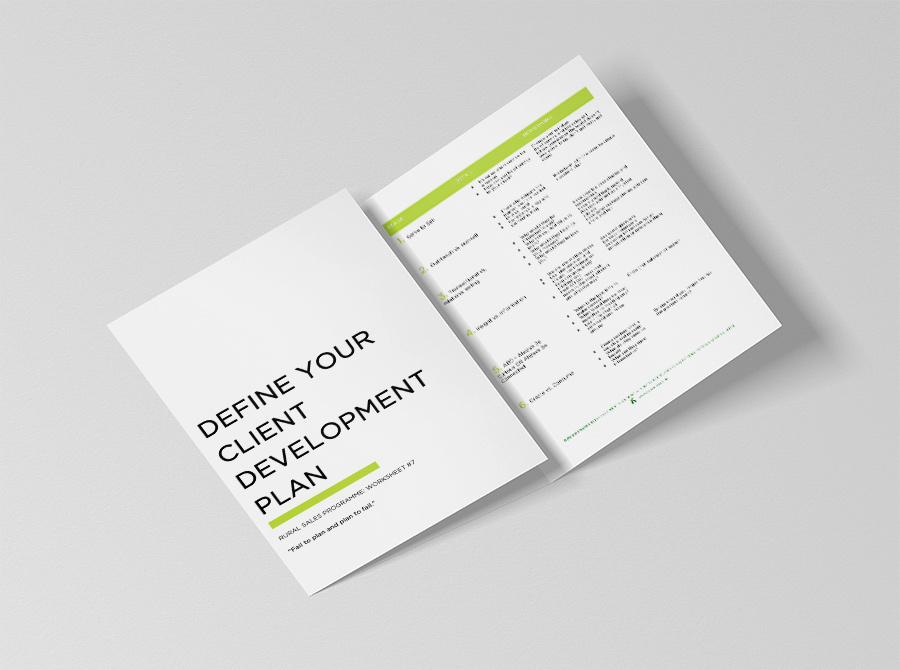Stopping Your Rural Prospects from Procrastinating – Here’s How to Do It
Don’t you wish your rural prospects would just get on with it? They’ve been stuck in decision limbo for months, and you’re left hanging, frustrated, and waiting for the green light to close the deal.
If this sounds familiar, you’re not alone. Procrastinating prospects are a common challenge, and while their indecision may feel like a personal vendetta against your productivity, the reasons behind it often lie closer to home.
Here’s why your prospects aren’t moving forward—and how you can change that.
- You Haven’t Got Them to “Paint Their Pain”
Let’s face it: people don’t act until the discomfort of staying the same outweighs the discomfort of change.
If you haven’t guided your prospect to articulate their pain, they won’t feel the urgency to act. The key is getting them to paint their pain themselves.
Why? Because when they verbalize their challenges and quantify the impact, it becomes real to them. It’s no longer you telling them why they should care—it’s them realizing it for themselves.
Ask questions like:
- “What’s the cost of not solving this problem now?”
- “How is this issue impacting your team, business, or bottom line?”
- “What would happen if this goes unresolved for another year?”
When they see and feel the full picture, they’re far more likely to move forward.
- Your Pipeline Is Too Thin
Here’s a tough truth: if you’re sweating over one or two deals, your pipeline is too lean.
A healthy sales pipeline gives you options, reduces desperation, and helps you avoid wasting energy chasing the wrong leads. If your pipeline is full, losing one deal won’t feel like the end of the world.
Don’t get stuck being the “milkman salesperson,” visiting the same old leads on the same old route. Instead, expand your prospecting efforts. Find new leads, target fresh segments, and diversify your approach.
- You Haven’t Created Urgency
Without urgency, there’s no reason for your prospect to act now. Use time-based strategies to gently apply pressure:
- “This offer is only available until next week.”
- “Our current stock is limited, and I wouldn’t want you to miss out.”
- “Prices are going up next quarter—locking in now will save you money.”
Better yet, make yourself indispensable. Become the provider they can’t afford to lose. When your product or service delivers proven impact, you’ll shift the power balance, and they’ll be the ones chasing you.
- You Don’t Know What Motivates Them
People don’t act without emotion, and emotion is driven by motivation. Have you taken the time to truly understand your prospect’s triggers?
Ask questions to uncover their pain points and motivations:
- “How long has this been an issue for you?”
- “What have you tried so far to address it?”
- “What’s the cost of doing nothing?”
When you help them see the opportunity cost of inaction, you’ll motivate them to take action.
- Your Product Doesn’t Meet Their Needs
Not every prospect is your prospect, and not every product is a perfect fit. Have you clearly identified what they want and need—or better yet, their unmet needs?
You need to focus on your ideal customers. These are the ones who:
- Share traits with your most successful clients.
- Clearly benefit from the unique value you offer.
- Are ready and willing to take action.
Use a “lookalike customer” exercise to identify the common attributes of your best clients—such as farm size, region, or previous purchase patterns. These cues will help you focus on leads that are most likely to convert.
The Best Solution to Procrastination? A Full Pipeline
When all is said and done, the ultimate antidote to procrastinating prospects is having plenty of them.
A full pipeline keeps you in the driver’s seat. You won’t feel the need to chase or beg for a deal when there are others waiting in line.
Remember: there are plenty of fish in the sea—you just need to cast your net in the right waters.
Stay tuned, because in the next article, I’ll share exactly where to fish for the best leads.
Now go fill that pipeline till it’s fit to burst. You’ve got this.




